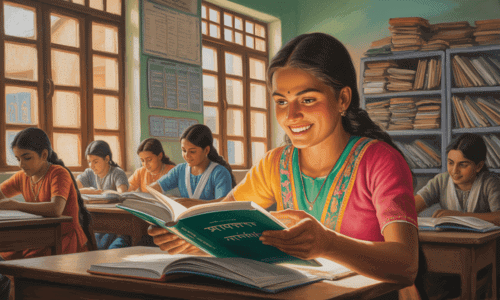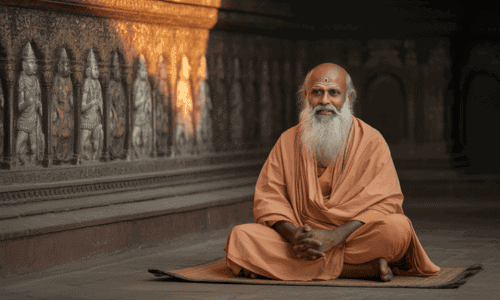|
The main aim was to promote British trade interests, leading to the exploitation of the Indian economy. |
Card: 2 / 30 |
|
What economic impact did British policies have on Indian peasants during colonial rule? |
Card: 3 / 30 |
|
British policies harmed Indian peasants.
|
Card: 4 / 30 |
|
Fill in the blank: The working class in India during British rule often faced ___ from factory owners. |
Card: 5 / 30 |
|
What was the impact of high taxes on the Indian artisan and craftsman communities? |
Card: 7 / 30 |
|
The imposition of high taxes and the absence of import duties on British goods devastated their income and livelihoods. |
Card: 8 / 30 |
|
What was the significance of the grand durbar organized by Lord Lytton in 1877 in relation to the famine in Bengal? |
Card: 9 / 30 |
|
Grand Durbar showed British neglect.
|
Card: 10 / 30 |
|
Fill in the blank: The Vernacular Press Act, passed by Lord Lytton in 1878, allowed the British government to confiscate newspapers that printed anything against the ___ authorities. |
Card: 11 / 30 |
|
What impact did the reduction of the age limit for the Indian Civil Service Examination from 21 to 19 years have on Indian candidates? |
Card: 13 / 30 |
|
Age limit reduction hindered Indian candidates.
|
Card: 14 / 30 |
|
Riddle: I was proposed to create political equality, allowing Indian judges to try Europeans in India, but faced strong opposition and was withdrawn. What am I? |
Card: 15 / 30 |
 Unlock all Flashcards with EduRev Infinity Plan Starting from @ ₹99 only
|
|
Fill in the blank: The removal of import duties on British goods adversely affected Indian ___. |
Card: 17 / 30 |
|
What role did socio-religious reform movements play in the nineteenth century India? |
Card: 19 / 30 |
|
Socio-religious movements fostered nationalism.
|
Card: 20 / 30 |
|
Multiple Choice: Which act, passed in 1878, allowed the British government to suppress dissenting newspapers? A) The Arms Act B) The Ilbert Bill C) The Vernacular Press Act D) Indian Civil Service Examination |
Card: 21 / 30 |
|
What was the significance of the abolition of sati in the context of Indian societal reforms? |
Card: 23 / 30 |
|
Abolition of Sati marked social reform.
|
Card: 24 / 30 |
|
True or False: Jyotirao Phule primarily focused on promoting education for upper caste girls. |
Card: 25 / 30 |
|
Fill in the blank: The Widow Remarriage Act was an important legislative reform aimed at providing ___ for widows. |
Card: 29 / 30 |































